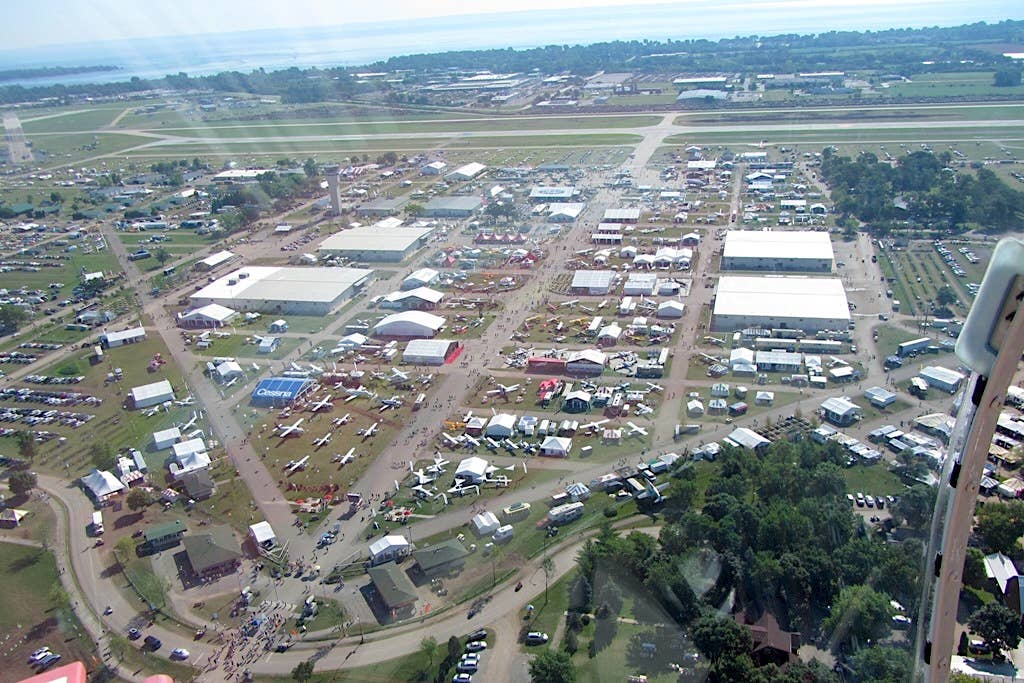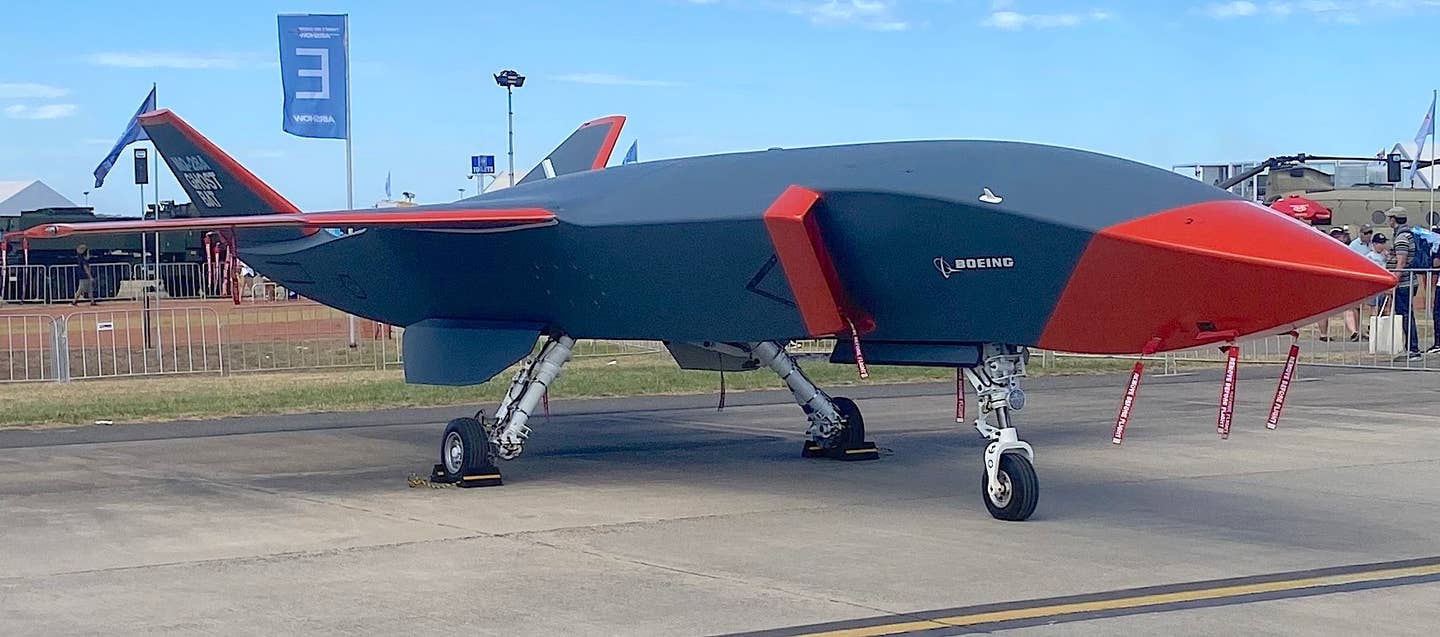In the last few editions of Wind Tunnel, we looked at how changes to the surface of an airplane's skin can affect the aerodynamic performance of the airplane. We have seen that judicious use of tape to seal and smooth the skin can significantly reduce drag, and that ice, even in relatively small amounts, can dramatically hurt the aerodynamic performance of an airplane. This month we turn our attention to a more general look at the effects of skin condition on performance.
Ideally, the entire outer surface of the airplane should be smooth and have smoothly varying contours without bumps or waves. In the real world, this is difficult to achieve. Each imperfection in the skin condition of the airplane exacts a cost in performance. How serious this cost is depends on the details of the skin's surface.
Rivets
On many metal airplanes, the most obvious surface imperfections are round-head or brazier-head rivets that hold the skin onto the airframe. Even though the drag of a single rivet head is small, if there are enough of them, the overall effect on drag can be quite significant.
One-thousand typical brazier-head rivet heads have about 0.1 square feet of drag area. This is the same amount of drag as 12.5 square feet of typical smooth-skinned wing. Just the drag of the rivet heads alone may be as much as 5% of the total drag of an otherwise clean light airplane. In addition, the turbulent wake behind each rivet will increase the friction drag of the skin in the wake.
It is relatively common practice to flush rivet the forward third or so of a wing, and then revert to round-headed rivets for the rest of the wing and fuselage structure. This is done to save production costs and is rationalized by the theory that the boundary layer on the wing has grown thick enough to effectively hide the rivets on the aft portion of the wing from the airflow.
While it is true that the drag penalty of protruding rivet heads is greater near the leading edge than farther aft, round-head rivets do add drag whenever they are exposed to the airflow. NACA windtunnel tests showed that rivet heads can increase the drag of a typical non-laminar airfoil by as much as 25%. About two-thirds of this drag increase is generated by the rivets in the forward 30% of the wing, while the remaining third is caused by the rivets farther aft.
If rivets with exposed heads are going to be used to skin a wing, a designer would be well advised to keep the forward portion of the wing as clean as possible and wrap the leading edge skin in such a way that the first row of spanwise rivets is at or behind the 30% chord point. This may prove difficult to do for structural reasons, but the drag advantage is significant.
Even if the forward 30% of the chord is flush riveted, it's nowhere near as good as a smooth skin.
Exposed or poorly countersunk rivet heads make the achievement of laminar flow on a wing virtually impossible. Recent advances in laminar-flow airfoil design have put riveted metal construction at a great disadvantage and made laminar-flow airfoils a reasonable choice for light airplane wings. The drag of a good laminar section is about half that of a good turbulent-flow airfoil. The use of exposed rivets negates any hope of achieving this large drag reduction.
Skin Joints
A second source of drag is the joints between skin panels. It is common practice to join metal wing and fuselage skins by overlapping them and riveting through both skins into the spar or rib below. This is called a lap joint because the skins are overlapped.
Lap joints are structurally strong and easy to build. Their disadvantage is that they create a step in the skin contour where the edge of the top skin is exposed. This is particularly undesirable if the joint is oriented so that the step is not parallel with the local airstream. Lap joints can increase the drag of ordinary turbulent-flow airfoils by as much as 9%. A rear-facing step will force the boundary layer to transition from laminar to turbulent and the airfoil will not have any laminar flow on its surface aft of the step. If a laminar-flow airfoil is used, lap joints should be avoided entirely where laminar flow is expected.
Even before we consider laminar flow, the drag reductions available from smoothing the skin are large. On an ordinary, old-fashioned, turbulent-flow wing, if we combine the drag penalty of lap joints (9%) with the drag penalty of exposed rivets (25%), we wind up with a wing that has 34% more parasite drag than it would have with smooth skin. This is still the way many light airplane wings are made, despite this enormous drag penalty.
Wing Walks and Stripes
Many airplanes have wing walks that are deliberately roughened to improve traction for people walking over the wing to get into the plane. The idea here is to increase the friction between a shoe and the surface of the wing. It does this admirably, but in the process also increases the friction between the air and the wing, thus increasing parasite drag.
In 1938, NACA did a set of wind-tunnel tests to explore the effect of surface condition on the aerodynamic characteristics of a wing with a NACA 23012 airfoil, similar to that used on the Bonanza, Malibu, and many other common light airplanes. These tests show, among other things, that the level of roughness typically used to make a wing walk cuts the maximum lift capability of that section of the wing in half and, at the same time, doubles its parasite drag.
If wing walks cannot be eliminated entirely, they should be made as small as possible, and the level of roughness used should be the absolute minimum that will provide acceptable traction for passengers entering and exiting the cabin.
Fancy paint jobs can have an unexpectedly negative effect on the drag of an airplane. Many paint stripes have steps in the paint between the stripe and the base color. These "thick" steps can affect the airflow in much the same way as a skin lap joint. There are documented cases of paint stripes on wings tripping the boundary layer and destroying laminar flow over the entire wing. This can double the drag of a laminar-flow wing, which seems a rather large penalty to pay for a pretty paint job.
Generalized Surface Roughness
Even relatively small levels of roughness on the skin of a wing can cause significant drag penalties. The same NACA tests that looked at wing walks also looked at several other types of surface roughness. One of the more striking findings was that sprayed paint, if not sanded smooth, increased the drag of the wing by 14%. They also looked at putting several sizes of grit on the wing surface. As one might expect, as the grit grain size increased, so did the drag.
At the largest grit size tested (.0037 inch grains) the drag of the wing was 63% higher than the clean wing. While this seems like a rather extreme level of roughness, it's not too far away from what one might get with incompletely filled weave on a composite skin. It's also representative of the level of surface roughness that would be caused by light frost on the wing. This shows why it is so important to clean off any trace of frost on a wing before attempting a takeoff. It's not hard to see that if frost increases drag of the wing by over 60% and also decreases lift, airplane performance will be severely degraded.
As mentioned, NACA did a lot of windtunnel work to determine the effects of surface condition and roughness on wing characteristics. A list of some of the more interesting reports on this subject follows. All of these can be downloaded from the NASA Technical Reports Server: www.ntrs.nasa.gov.
Suggested Reading:
The Aerodynamic Characteristics Of Airfoils As Affected By Surface Roughness
Hooker, Ray W
naca-tn-457, April 1933
The Effect Of Rivet Heads On The Characteristics Of A 6 By 36 Foot Clark Y Metal Airfoil
Dearborn, Clinton H
naca-tn-461, May 1933
Summary Of Drag Characteristics Of Practical-Construction Wing Sections
Quinn, John H, Jr
naca-report-910, 1948
The Effect of Surface Irregularities on Wing Drag. 3; Roughness
Hood, Manley J.
NACA-SR-78, 1938
Barnaby Wainfan is a principal aerodynamics engineer for Northrop Grumman's Advanced Design organization. A private pilot with single engine and glider ratings, Barnaby has been involved in the design of unconventional airplanes including canards, joined wings, flying wings and some too strange to fall into any known category.
This article originally appeared in the April 2015 issue of Kiplanes magazine.
Read More from Kitplanes, and learn how to receive your FREE copy of The Annual Homebuilt Buyers Guide!






